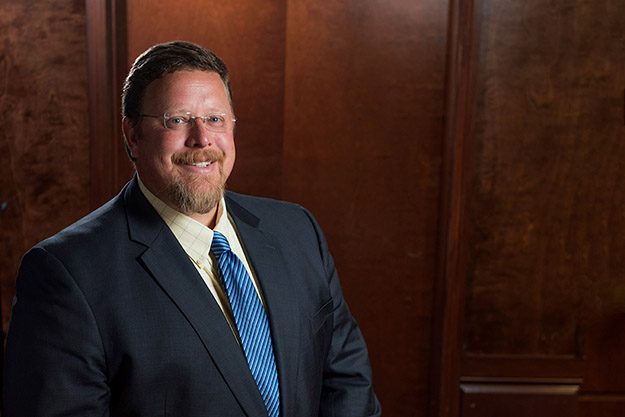Article
Resources
Article
Protestors, the First Amendment, and Higher Education - The Line Between Free Speech and School Interests

Protests on college campuses are a common occurrence and often provide opportunities for students and other members of the community to express their opinions and concerns. It is essential for colleges and universities to balance their own goals and the First Amendment rights of protestors. Where the First Amendment applies, here are some tips on how institutions can achieve this balance:
1. Establish clear policies:
Develop and communicate clear policies that outline the institution's commitment to free speech and the procedures for conducting protests, rallies, and demonstrations on campus. These policies should clarify the time, place, and manner restrictions to ensure protests do not disrupt the educational mission of the institution.
2. Free speech zones:
Consider designating specific areas on campus as "free speech zones" where protests and demonstrations can occur without interfering with daily activities. These zones should be accessible and visible to ensure the expression of ideas is not suppressed.
3. Open dialogue and communication:
Encourage open dialogue between protestors and the administration. Engage with student organizations, activists, and protest organizers to understand their concerns and collaborate on addressing issues where possible. Communication can often prevent escalations.
4. Safety and security:
Prioritize the safety of all individuals on campus. Work with campus police or security teams to ensure protests are conducted peacefully and without harm to participants or bystanders. Train staff in de-escalation techniques to minimize the potential for confrontations.
5. Counter-protests:
Be prepared for counter-protests, as differing viewpoints may arise. Ensure both the protesting group and counter-protesters have equal opportunities to express their opinions in accordance with your institution's policies.
6. Media and public relations:
Develop a communication strategy for handling protests and ensuring accurate information is disseminated to the media and the public. This can help manage the institution's reputation and maintain transparency.
7. Educational opportunities:
Use protests and demonstrations as educational opportunities. Encourage professors to discuss relevant topics in their classes, organize panel discussions, or offer workshops on issues related to the protests. This can help students better understand the issues and engage in constructive dialogue.
8. Ongoing review and adjustment:
Regularly review your institution's policies and procedures related to protests and free speech to ensure they align with the evolving needs and challenges of the campus community.
9. Legal consultation:
Consider seeking legal advice to ensure your policies and actions comply with federal and state laws regarding free speech and protest rights. Consult with your institution's legal counsel to stay informed about any legal obligations.
10. Support services:
Offer support services, such as counseling, to students who may be emotionally affected by protests or events related to free speech. Addressing the mental health and well-being of your student body is crucial. Balancing the institution's goals and First Amendment rights of protestors can be challenging, but with clear policies, open communication, and a commitment to fostering a respectful and inclusive campus environment, it's possible to find common ground and promote a thriving educational community.
Balancing the institution's goals and First Amendment rights of protestors can be challenging, but with clear policies, open communication, and a commitment to fostering a respectful and inclusive campus environment, it's possible to find common ground and promote a thriving educational community.


